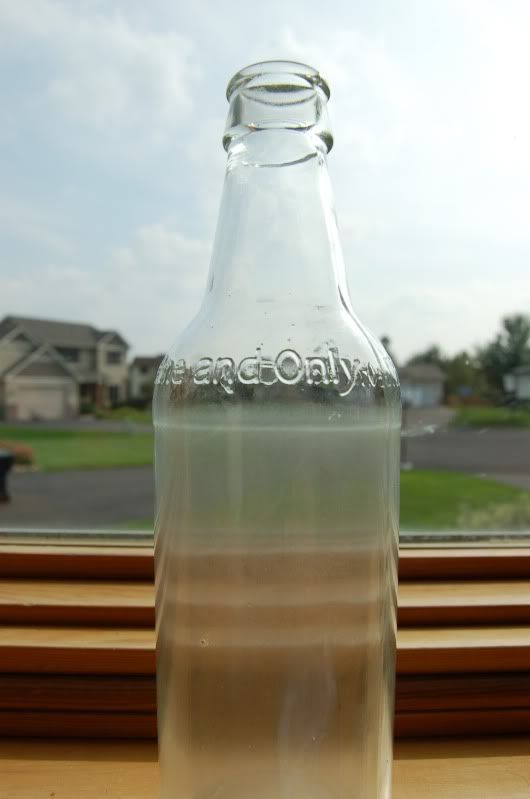sparkyaber
Well-Known Member
I have had a few (four) brews that have not turned out correctly. None of them concurrent. They were a dortmunder, two newcastle clones (all extract kits), and Edwort's haus ale. All of the beers taste "normal" at bottling time, or so they seemed. They all have the exact same characteristics, except one of the batches was a gusher, the dortmunder.
Ok, the characteristics are:
1. Ring around the bottle, right at the top of the beer. It looks like a bunch of little dots.
2. There is a coating of these "dots" all over the bottle, I need to scrub the bottles with a brush to get them out.
3. They all have the same bitter, antiseptic flavor. The one batch that was the gusher was undrinkable, and I have been able to choke down the latest batches, but they are not quite as bad.
I have never fermented any of these over 70 degrees. I use starsan to sanitize everything with the exception of the bottles, which get the dish washer treatment. I did put a temp probe in the dishwasher and the temp made it over 170 degrees.
I did a bunch of searching, and am thinking it is Bret or lactobasillus, but there was no film on top of the beer when in the fermentor.
Any Ideas?
Ok, the characteristics are:
1. Ring around the bottle, right at the top of the beer. It looks like a bunch of little dots.
2. There is a coating of these "dots" all over the bottle, I need to scrub the bottles with a brush to get them out.
3. They all have the same bitter, antiseptic flavor. The one batch that was the gusher was undrinkable, and I have been able to choke down the latest batches, but they are not quite as bad.
I have never fermented any of these over 70 degrees. I use starsan to sanitize everything with the exception of the bottles, which get the dish washer treatment. I did put a temp probe in the dishwasher and the temp made it over 170 degrees.
I did a bunch of searching, and am thinking it is Bret or lactobasillus, but there was no film on top of the beer when in the fermentor.
Any Ideas?



